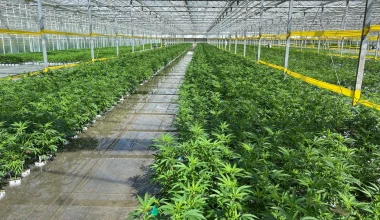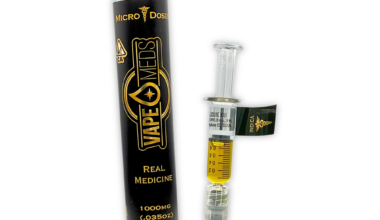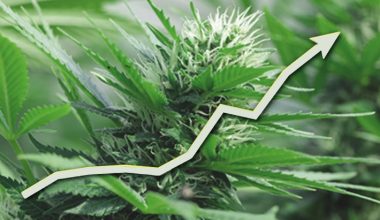The Biscotti strain is a popular hybrid known for its unique flavor profile and diverse effects. With its tantalizing aroma and potent cannabinoid content, Biscotti has gained a loyal following among cannabis enthusiasts worldwide. In this blog post, we’ll explore the effects of the Biscotti strain in detail, from relaxation to creativity, and what consumers can expect when indulging in this beloved cultivar.
Understanding the Biscotti Strain:
Before delving into its effects, let’s take a moment to understand the Biscotti strain itself. Biscotti is a hybrid strain that is a cross between Gelato #25 and South Florida OG. This combination results in a well-balanced hybrid that offers the best of both worlds: the uplifting and euphoric effects of Gelato #25 and the relaxing and sedating effects of South Florida OG.
Biscotti is characterized by its dense, resinous buds and vibrant green hues, accented by purple undertones and fiery orange hairs. Its aroma is reminiscent of freshly baked cookies, with notes of sweet vanilla, earthy spice, and a hint of diesel.
Effects of Biscotti Strain:
Now, let’s explore the effects of the Biscotti strain and what consumers can expect when consuming this potent cultivar:
- Relaxation: One of the most prominent effects of the Biscotti strain is relaxation. Biscotti’s indica heritage shines through in its ability to induce deep physical relaxation, melting away tension and stress from the body. Many consumers report feeling a sense of calm and tranquility wash over them, making Biscotti an ideal strain for unwinding after a long day or relieving muscle tension.
- Euphoria: Despite its relaxing effects, Biscotti also delivers a euphoric and uplifting high that uplifts the mood and enhances creativity. This cerebral stimulation can inspire feelings of happiness, creativity, and motivation, making Biscotti a popular choice for social gatherings or artistic endeavors.
- Sedation: As the effects of Biscotti continue to unfold, consumers may experience increasing feelings of sedation and sleepiness. This makes Biscotti an excellent choice for evening or nighttime use, as it can help promote relaxation and induce a restful night’s sleep.
- Pain Relief: Biscotti’s high THC content and potent cannabinoid profile make it effective at relieving pain and inflammation. Many medical cannabis patients use Biscotti to manage chronic pain conditions such as arthritis, migraines, and fibromyalgia, as well as inflammatory disorders like multiple sclerosis and Crohn’s disease.
- Appetite Stimulation: Biscotti is also known for its appetite-stimulating effects, often referred to as “the munchies.” These effects can be beneficial for individuals struggling with appetite loss or nausea, such as cancer patients undergoing chemotherapy or those with eating disorders like anorexia nervosa.
In summary, the Biscotti strain offers a diverse range of effects, from relaxation to creativity, making it a versatile choice for both recreational and medicinal use. Whether you’re looking to unwind after a long day, boost your mood and creativity, or alleviate pain and inflammation, Biscotti has something to offer for everyone. Just remember to start low and go slow, as Biscotti’s potency can catch some consumers off guard if consumed in excess.
Medical Disclaimer:
The information provided in these blog posts is intended for general informational and educational purposes only. It is not a substitute for professional medical advice, diagnosis, or treatment. Always seek the advice of your physician or other qualified healthcare provider with any questions you may have regarding a medical condition. The use of any information provided in these blog posts is solely at your own risk. The authors and the website do not recommend or endorse any specific products, treatments, or procedures mentioned. Reliance on any information in these blog posts is solely at your own discretion.






